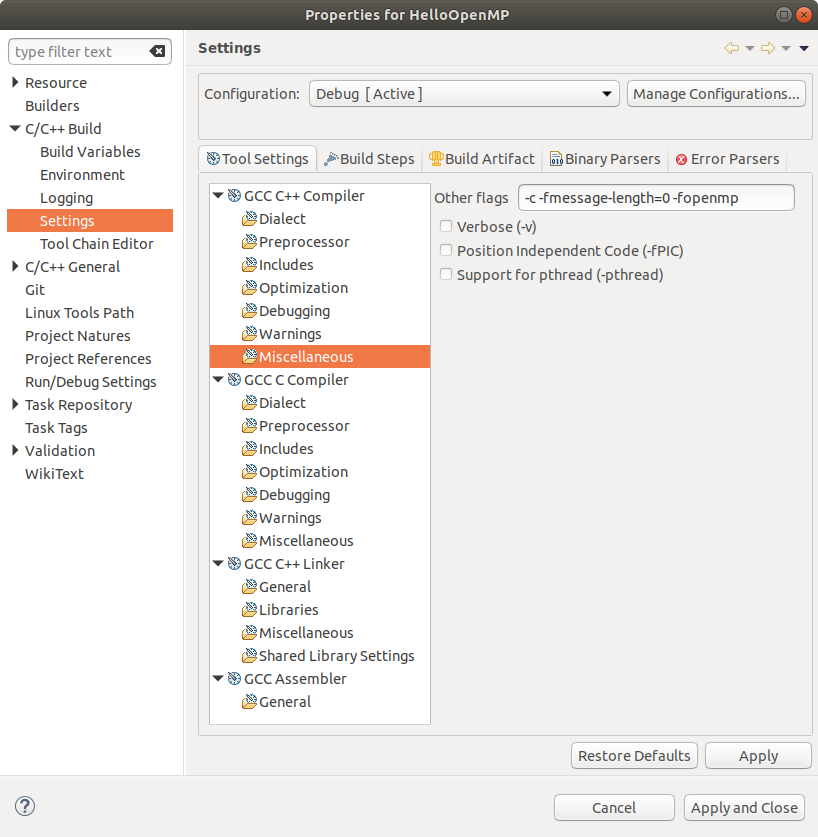

- #Timeworks 4080l reverb how to
- #Timeworks 4080l reverb pro
- #Timeworks 4080l reverb software
- #Timeworks 4080l reverb professional
And the publishing business was forever changed.
#Timeworks 4080l reverb software
The software was vastly and quickly improved.

We started getting film-output devices that could print to film at exceedingly high resolution. Xerox figured out a way to include it in their high-volume copier / printers. Meanwhile, this open standard called PostScript started attracting more and more attention. They didn’t try to use the new technology to change the way they worked, they fit the new technology into the way they had always worked. Their high-volume printers didn’t support PostScript, but rather a proprietary printing format. One computer would be for the writer, another for the editor, another for the layout artist, etc. Linotype eventually saw that the Macintosh was a pretty neat computer, so they ported their software to it.
#Timeworks 4080l reverb how to
The problem of how to get my software to talk to your printer just magically vanished. What PostScript meant was simple: any software that uses PostScript can print with the highest available quality on any printer that supports PostScript, regardless of the resolution or format of that printer. The BIG BOYS in the publishing business were using Linotypes and Wangs and couldn’t see how this little toy computer and this slow, but cool, little personal printer could possibly affect their business.
#Timeworks 4080l reverb professional
The original LaserWriter was slow – it took forever to process a page – and low-resolution by today’s standards (300 dpi) and therefore didn’t attract much professional attention. It was called the LaserWriter printer, and was the first PostScript printer to hit the consumer market. There’s an experience in another industry that I think perfectly illustrates the dilemma:Ībout 12 years ago, Apple introduced something that made their Macintosh computer really useful. Item (2) suggests that when that happens, you’re screwed, because you sunk big bucks into the proprietary solution which is suddenly virtually worthless. Item (1) suggests that, should an open standard become available, the vendor you chose (ProTools) suddenly may face competition from extreme market segmentation. Taken together, these are serious problems. You are buying into a proprietary format, and.
#Timeworks 4080l reverb pro
Pro Tools and V8 cost big bucks! You’re taking a big risk with these solutions: Same solution: buy the controller interface, throw in a bunch of DSPs, get a compatible software recorder like MxTrax, and jam on.īoth of these are quite expensive, however, compared with the solutions you’ll find running around here in the More-For-Less Club. This was the first “workstation” solution to arrive on the PC. Get a decent Mac, buy ProTools, throw in a few DSP farms, load up Studio Vision, and you’re there baby. Obviously the folks with ProTools workstations have had a healthy supply of mixing power for a few years now. I suspect that next year’s state-of-the-art hardware will be able to pull it off. Some of the people on the bleeding edge are almost there. So what DOES it take to get a 32-track hard disk playback with compressors and EQs on every channel, a couple of good-sounding reverbs, and some cool special effects (vocoders, tremelos, what have you)? And of course we want to run EQs and compressors / limiters / gates on EVERY channel. Dynamics processors (compressors, limiters, gates, expanders) and EQs don’t require as much power, until you start getting fancy (gate into compressor into EQ into de-esser). One thing is clear: if the computer’s going to do all the work, we need a lot of computer.Ī good sounding reverb algorithm, like the DSP-FX reverb or the Sonic Timeworks 4080L requires a LOT of processing power in order to perform live in real-time. Out on the bleeding edge of DAW recording are guys that have overclocked Celerons and Pentiums, running redundant RAID systems, with lots of RAM and big lightpipe-based audio recording devices like the Frontier Tango. I’ll let someone else learn all the hard lessons, thank you very much.

And I have opted to wait until my simple, safe DAW software supports 24 bits rather than running right out and buying the first package that says “24 bit compatible!” on the box. I use an industry-standard Digital Audio Labs Card D+ 2 in / 2 out soundcard for recording. I haven’t upgraded my computer in over two years. We are searching for more and more power within the computer, and – by and large – we’re finding it. And you might not even know it.įor those of us already living in the future, DAW recording is here to stay. Thank you! DirectX Moves into the FutureĪ new war is proceeding on your desktop. Please visit the home page for our latest content. We will not be making any updates to the article. It first appeared on in September 1998, contributed by then Editor-in-Chief Rip Rowan. PLEASE NOTE: This article has been archived.


 0 kommentar(er)
0 kommentar(er)
